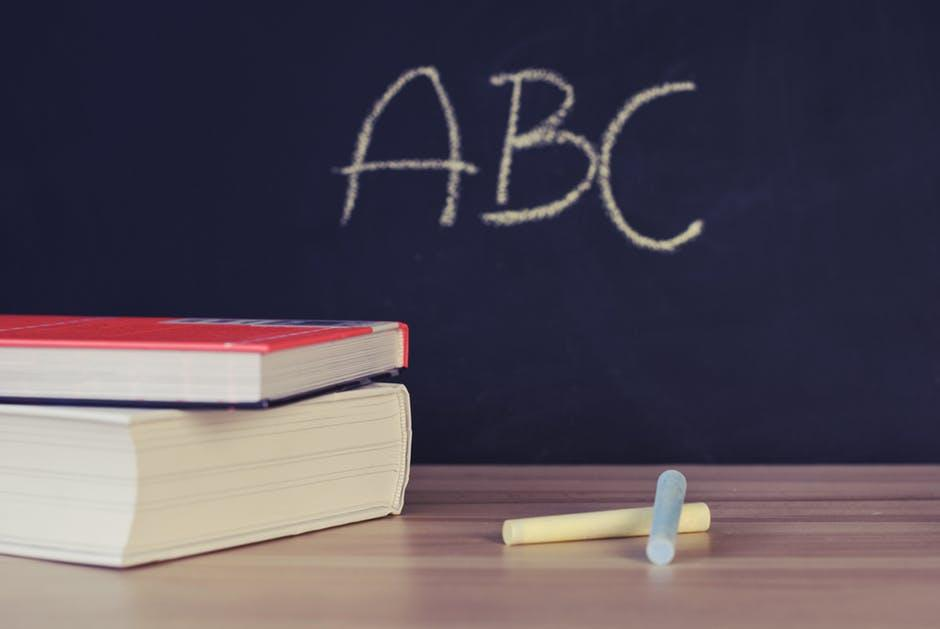When I walked into my first-grade classroom in the 1st through 12th-grade school building in my rural South Dakota home town, I joined in a game of finding our assigned seats by reading our names printed on the paper name tent on the shiny wooden desks. I spotted my name right away, “PAT,” but it was complicated by other letters tacked on the right. I was left standing after all of the other kids found their names and were seated. My name tent said “PATRICIA,” which I was never called at home and, therefore, didn’t practice writing. I thought it was close enough to probably be a variation of my name, but I was so intent on my name being spelled exactly right that I chided my teacher for her imprecision—and not only got to my desk but was ordered there.
Readiness for the start of elementary school is now widely recognized as being of key importance for academic success through at least third grade, a key early indicator of incarceration. While Idaho is one of only four states that allocate zero funding for pre-K education, our neighboring states spend millions on state‑funded pre-K schooling. Oklahoma, a state similar to Idaho in many ways, is recognized as a trailblazer in pre-K education. In 1998, Oklahoma approved funding for universal, voluntary, high-quality pre-K as a grade level in its school funding formula, and now 75% of the state’s 4-year-olds attend a pre‑K program. By comparison, only 32% of Idaho’s 4-year-olds attend pre-K, the lowest of any state, and only 25% of Idaho’s low income and 17% of Latino children attend pre-K programs.
Experts estimate that the social and educational benefits of pre-K funding outweigh the costs by at least three to one because strong pre-K programs improve early grade success, which is strongly tied to success throughout high school, which is in turn tied to better jobs, higher college attendance, and lower incarceration rates. Pre-K programs are perfectly targeted: they help kids most who need it most—lower income, disadvantaged, and dual-language kids. Pre-K programs also provide intervention at the opportune time: before the age of six when 90% of cognitive development occurs.
A 2018 statewide poll conducted in Idaho for the early education advocacy group Association for the Education of Young Children found a supermajority of Idahoans support state funding for pre-K education—76% of all voters and 80% of all parents of kids 5 and younger. While 55% of parents in the poll said they couldn’t afford pre-K, 76% said they would have their kids attend state-funded pre-K, and 80% said quality pre-K helps students succeed in grade school and helps Idaho develop a qualified and educated workforce.
Superintendent of Public Instruction Sherri Ybarra, former Gov. Butch Otter, and Gov. Little have never requested funding for pre-K schooling. To his credit, Gov. Little has emphasized K through third‑grade improvement, but with no focus on pre-K. Ybarra has made available a basic literacy digital app, “Smarty Ants,” free to parents of 4-year-olds. While something, this a far cry from effective high-quality programs. Idaho forfeits an average of $10.6 million annually in federal matching grants given to other states with at least some state funding going to pre-K programs.
On Saturday, October 12, at noon, The Bonneville County Democratic Party will host a discussion on educational issues at the College of Eastern Idaho in Building 6, Room 150. Speakers at this event include teachers and administrators from Dora Erickson, Ethel Boyes, Hope Lutheran, White Pine Charter School, and District 93 Superintendent Scott Woolstenhulme.
Pat Tucker works for Fluor Idaho at the Idaho National Laboratory Site and is Bonneville County’s State Committeewoman to the Idaho Democratic Party State Central Committee.

